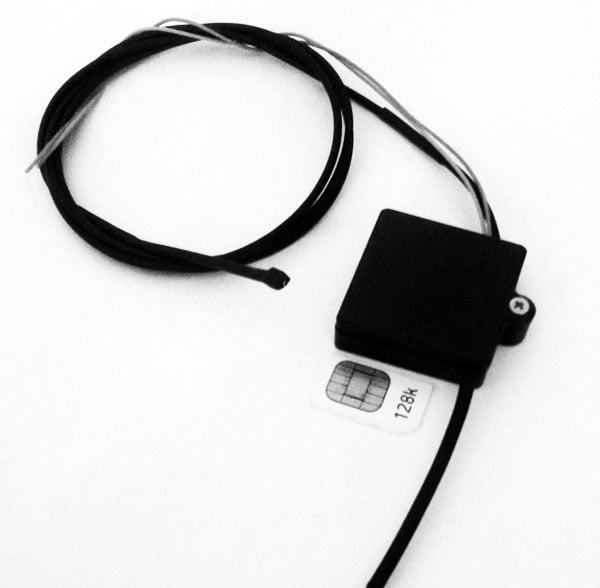Staying within legal parameters, some people may want to monitor conversations and events in their homes, offices, or other areas of concern. There are different kinds of spy listening devices available that allow people to intercept and listen in on conversations in different settings including residential, political, or professional environments.
What is a Spy Bug and Its Purpose?
A spy bug or listening device usually consists of a microphone receiver and a transmitter. The receiver microphone can capture sounds, audio and voices. A spy listening device’s main function is to intercept conversations in the environment it is placed in.
What are the Types of Spy Bugs?
There are different types of spy microphones and bugs available that you can explore based on your needs:
Radio Frequency Bugs (RF Bugs)
These professional spy listening devices are wireless and have a range of hundreds of meters. These include UHF, VHF, analog and digital spy bugs.
Audio – Video Spy Bugs
These spy bugs take it a little farther with recorders not only for audio but for video as well.
GSM Spy Bugs
GSM Bugs use mobile networks and data to transmit voice data. They have software that helps decode the messages recorded on a mobile or PC.
3g / 4g Spy Bugs
This takes advantage of the UMTS technology that’s a step ahead of the GSM tech. These spy bugs are cordless and can be concealed in different devices like charges and USBs.
What is the Difference Between Radio Frequency (RF) Analog and Digital?
There are several notable differences between RF / Analog and digital spy bugs. The ones you choose will depend on your needs and the settings you want to place the hidden spy listening device in. Here are the two major differences:
- Analog bugs have a medium to long range. Digital bugs have a longer range.
- The analog bug can be listened to with any free to air scanner i.e. free to air transmission on the UHF or VHF band. Digital spy bugs require an encrypted receiver with closed transmission.
GSM Bugs and Their Features
GSM bugs are micro listening devices that are used for room surveillance, eavesdropping at a long range, and covert bugging of areas. These bugs use the UHF frequency at 433 MHz and 418 MHz. All you have to do here is add batteries to the spy bug and it will start transmitting all conversations and audio data in the room it is placed in to a compatible UHF receiver.
The high end microphone ensures the audio is clear as day and consistent data is received when it is set to the same frequency as the transmitter.
- Ultra-thin GSM spy bug with unlimited distance.
- The GSM bug comes with very small measures and is extremely thin. (dim. 90 mm x 40 mm x 2 mm without antenna).
- Just insert a pin-free SIM without active services (answering machine, call transfer….) And connect two power wires.
- Calling the number related to the SIM and the device answers automatically and allows you to listen to even the slightest noises.

Where Can Spy Bugs Be Installed?
When it comes to installing these hidden microphones, the possibilities are endless. Here are a few places where these can be discreetly placed for your benefit.
- Pens
- Jackets
- Calculators
- Shoes
- Watches
- Bags
- Power strips
As far as these bugs and their types go, there really isn’t a winner amongst them. The best one for you will depend on your unique needs. The kind of device you need will depend on how you operate and what use you will get out of your spy device. So consider this need wisely before you make a choice.
